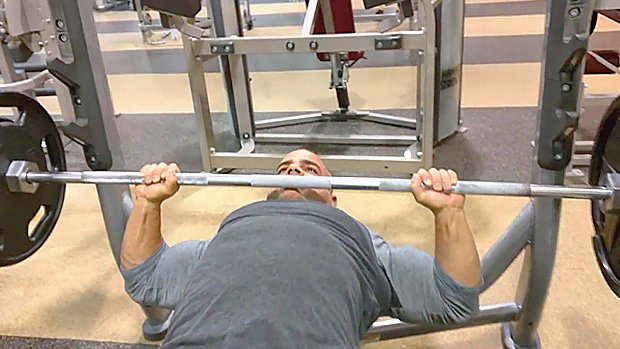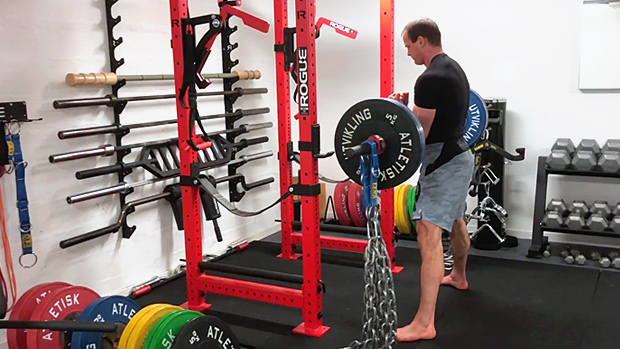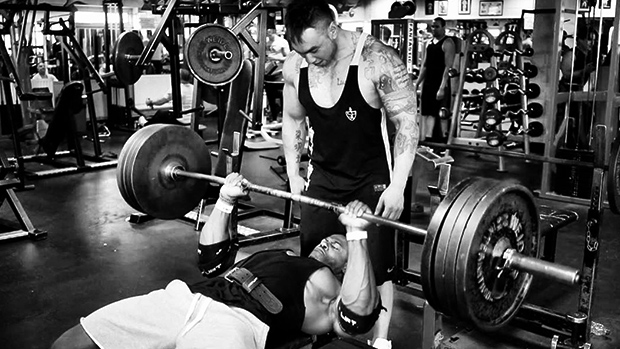The reverse crunch has been a staple in strength and conditioning programs for years. Some research has shown that it can recruit the abs up to 60-70% of their maximum contraction potential. In case you're unfamiliar with it, here's what it looks like:

Here's how you can make it even more effective. It looks simple, but there are some subtle technicalities of the drill you need to master, along with some progressions.
Key Points
- Make sure your foot is in dorsiflexion (toes toward shins). This can help the knees get into more flexion and increase anterior core demand.
- Keep the knees fixed in a bent position throughout the set. This can alleviate unwanted contribution of the quads and hip flexors, which means the lower abs get more attention.
- Start the drill with the knees elevated just past 90 degrees at the hip. This helps prevent momentum and any passive action of the core. With this comes an increased demand for tension from the external oblique and rectus abdominus to drive the lower half upwards. You'll also reduce some tone from specific hip flexors that are overactive in the process.
- Use a "mechanical anchor" with this exercise. In the video it's a ball, but a pillar or 45-pound plate would work just as well. This creates a more stable platform to work from, resulting in more potential overload and development of the core.
- Next, drive your knees upwards as you roll up into a ball and tuck or tilt your pelvis under posteriorly. Once you reach a sticking point or come into contact with your elbows, begin the descent back down towards the floor in a slow and controlled fashion to increase the challenge. The core contains a lot of slow twitch fibers, so training with slow tempos and higher volumes tend to stimulate these fibers well.
- Once you feel the sensation of your hips and low back touching the ground, make sure not to arch, then accelerate back up into the next rep.
- Do 3-4 sets of 12-24 reps, for 2-3 days per week.
Progressions:
- Slower eccentric tempo
- Isometric hold at top
- Heavier resistance band
- Twist pattern
Regressions:
- Lighter resistance band
- Deadbug series
The inability to brace and stay strong throughout your core during any phase of the squat as you un-rack the bar, walk out, squat, and then re-rack bar, can signal the brain and the rest of the CNS that there's a weakness in the body. This can limit range of motion and mobility in the absence of any muscular or bone structure limitation.
Some evidence indicates that the more tension and intra-abdominal pressure (IAP) you can generate, the stronger you'll be during a heavy lift. Excessive arching and poor IAP output are common issues that direct core training can help.




